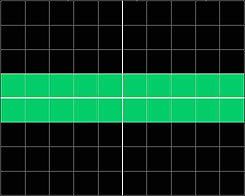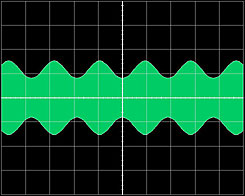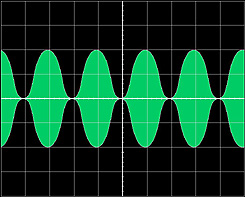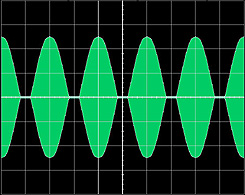B
BOOTY MONSTER
Guest
just get a few folks that you think run setups with clean solid audio to give their opinion on your audio . adjust it high as you can with them agreeing your audio is still clean and easily understood .
or send it to DTB
or send it to DTB




